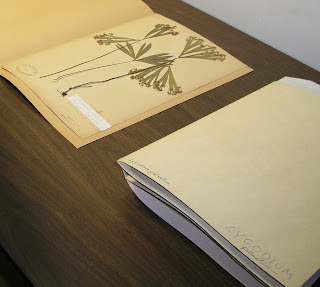This is the list of species found in Lagoon Park that Dave DeMallie shared with us.
*** from April 2004, by Bruce Gilman***
Trees
Box-elder ---Acer negundo
Swamp Maple ---Acer x freemanii
Tree of Heaven ---Ailanthus altissima
Shadbush ---Amelanchier arborea
European White Birch ---Betula pendula
Green Ash ---Fraxinus pennsylvanica
Eastern Red Cedar ---Juniperus virginiana
Red Mulberry ---Morus rubra
Norway Spruce ---Picea abies
Scotch Pine ---Pinus sylvestris
Sycamore ---Platanus occidentalis
Eastern Cottonwood ---Populus deltoids
Sweet Cherry ---Prunus avium
Black Locust ---Robinia pseudoacacia
American Elm ---Ulmus americana
Japanese Yew ---Taxus cuspidata
Northern White Cedar ---Thuja occidentalis
European Linden ---Tilia cordata
Shrubs and Vines
Hawthorn ---Crataegus sp.
Silky Dogwood ---Cornus amomum
Gray Dogwood ---Cornus foemina
Red Osier Dogwood ---Cornus sericea
Russian Olive ---Elaeagnus angustifolia
Fly Honeysuckle ---Lonicera morrowii
Tartarian Honeysuckle ---Lonicera tatarica
Crabapple ---Malus sp.
Virginia Creeper ---Parthenocissus quinquefolia
Smooth Buckthorn ---Rhamnus frangula
European Buckthorn ---Rhamnus cathartica
Staghorn Sumac ---Rhus typhina
Multi-flora Rose ---Rosa multiflora
Shrubby Rose ---Rosa sp.
Blackberry ---Rubus allegheniensis
Black Raspberry ---Rubus occidentalis
Pussy Willow ---Salix discolor
Shrubby Willow ---Salix sp.
Poison Ivy ---Toxicodendron radicans
Cranberry Viburnum ---Viburnum opulus
Riverbank Grape ---Vitis riparia
Herbaceous PlantsYarrow ---Achillea millifolium
Meadow Garlic ---Allium vineale
Garlic Mustard ---Alliaria petiolata
Spreading Dogbane ---Apocynum androsaemifolium
Common Burdock ---Arctium minus
Swamp Milkweed ---Asclepias incarnata
Yellow Rocket ---Barbarea vulgaris
Brome Grass ---Bromus inermis
Spotted Knapweed ---Centaurea maculosa
Canada Thistle ---Cirsium arvense
Bull Thistle ---Cirsium vulgare
Crown Vetch ---Coronilla varia
Orchard Grass ---Dactylis glomerata
Queen Anne’s Lace ---Daucus carota
Common Teasel ---Dipsacus fullonum
Whitlow Grass ---Draba verna
Quack Grass ---Elytrigia repens
Willow Herb ---Epilobium sp.
Daisy Fleabane ---Erigeron annuus
Wild Strawberry ---Fragaria virginiana
Wild Cleavers ---Galium aparine
White Bedstraw ---Galium mollugo
White Avens ---Geum canadense
Ground Ivy ---Glechoma hederacea
St. John’s Wort ---Hypericum perforatum
Spotted Touch Me Not ---Impatiens capensis
Elecampane ---Inula helenium
Yellow Iris ---Iris pseudoacorus
Rush ---Juncus sp.
Purple Dead Nettle ---Lamium purpureum
Everlasting Pea ---Lathyrus latifolius
Ox-Eye Daisy ---Leucantheum vulgare
Bird’s Foot Trefoil ---Lotus corniculatus
Moneywort ---Lysimachia nummularia
Sweet Clover ---Melilotus sp.
Eurasian Milfoil ---Myriophyllum spicatum
Yellow Pond Lily ---Nuphar variegata
Evening Primrose ---Oenthera biennis
Reed Canary Grass ---Phalaris arundinacea
Tall Reed Grass ---Phragmites australis
Ox Tongue ---Picris hieracioides
English Plantain ---Plantago lanceolata
Common Plantain ---Plantago major
Smartweed ---Polygonum sp.
Curly Pondweed ---Potamogeton crispus
Cinquefoil ---Potentilla recta
Self-Heal ---Prunella vulgaris
Tall Buttercup ---Ranunculus acris
Curly Dock ---Rumex crispus
Sour Dock ---Rumex obtusifolius
Wool Grass ---Sedge Scirpus cyperinus
Canada Goldenrod ---Solidago canadensis
Common Dandelion ---Taraxacum officinale
Red Clover ---Trifolium pretense
Colt’s Foot ---Tussilago farfara
Narrow-leaved Cattail ---Typha angustifolia
Blue Vervain ---Verbena hastata
Corn Speedwell ---Veronica arvensis
Ferns and Allies
Field Horsetail ---Equisetum arvense
























































